
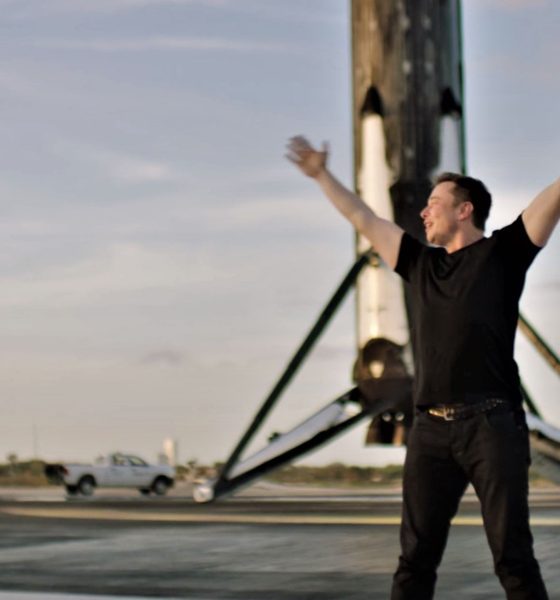
News
SpaceX’s Elon Musk set for Starlink launch, Tesla earnings double-header
SpaceX has delayed its latest Starlink launch once more after high winds forced the company to recycle an attempt originally planned for January 27th, setting up SpaceX’s Elon Musk for a Starlink launch and Tesla earnings report on the same day.
Flight-proven Falcon 9 booster B1051 is currently vertical at Cape Canaveral Air Force Station (CCAFS) Launch Complex 40 (LC-40) and has been for more than a week. Perched atop an expendable upper stage attached to the top of the booster, SpaceX’s third batch of 60 upgraded Starlink v1.0 satellites are loaded inside the rocket’s airtight payload fairing, patiently awaiting a launch that’s now been delayed a full 9 days by winter weather both in Cape Canaveral and off the Florida coast.
Most recently, bad sea conditions in the Atlantic Ocean forced SpaceX to delay Starlink V1 L3 an extra 24 hours from a January 28th backup window and the batch of communications satellites are now scheduled to launch no earlier than (NET) 9:09 am EST (14:09 UTC), January 29th. Set to unequivocally reaffirm SpaceX’s position as the owner of the world’s largest private satellite constellation, the mission – should it be a success – will mean that the company has launched its 240th flat-packed Starlink satellite. Additionally, Starlink L3 should feature a number of exciting Falcon 9 recovery events, potentially setting up more than 75% of the rocket’s value for reuse.
Earlier this morning, Teslarati’s own Simon Alvarez offered a glimpse of what to expect from Tesla’s Q4 2019 earnings report, scheduled for 3:30 PM PST (23:30 UTC), January 29th. In short, it looks like Tesla’s highly-anticipated Model Y crossover could find its way to customers much sooner than expected, while additional signs point to another strong quarterly performance that could send the company’s already meteoric stock even higher. As always, CEO Elon Musk is expected to be front and center on the teleconference, which is set to occur just nine hours after SpaceX’s latest 60-satellite Starlink launch.
For SpaceX, the new year has gotten off to a busy start, although Florida’s winter weather has done its best to hamper launch attempts. Beginning with the second launch of Starlink v1.0 satellites (Starlink V1 L2) on January 7th, that Falcon 9 mission was delayed from January 3rd by high seas in the Atlantic Ocean that would have made the booster’s planned drone ship landing extremely risky. In high seas, drone ship decks pitch and buck, creating major uncertainty as Falcon 9 is unable to account for the deck movement.
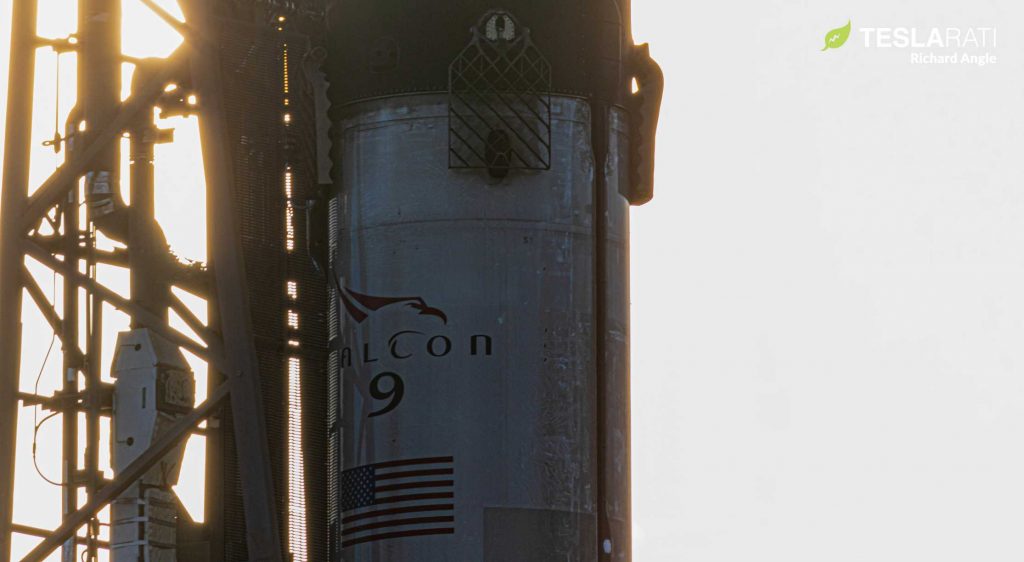
If the floating landing pad is at the peak or trough of large swells when Falcon 9 is scheduled to land, there is a good chance that the rocket could either hit the deck too hard or cut off its engines before landing, falling a distance equivalent to the height of the swell onto the drone ship. Either scenario would pose a serious risk of damaging or even outright destroying a landing Falcon booster, cutting short any future prospects of reuse.
Most recently, SpaceX performed Crew Dragon’s second-ever launch on a Falcon 9 rocket, intentionally triggering an in-flight abort (IFA) some 90 seconds after launch to test the spacecraft’s ability to keep astronauts safe in even a near-worst-case scenario. That particular launch was also delayed a number of days by high seas in the region the spacecraft was expected to splash down in, conditions that would have severely hampered critical recovery work.
Now a little over a week after Crew Dragon’s successful January 20th Falcon 9 launch, SpaceX’s third launch of the year has been delayed repeatedly by both weather in the recovery area and weather at the launch pad. Originally expected to launch as early as January 20th, a slight Crew Dragon launch delay pushed it to the 21st, where it was then delayed again by high seas to January 24th, and a third time to January 27th. On January 27th, SpaceX got just 40 minutes away from liftoff before it scrubbed the attempt due to high upper-level winds above the launch pad.
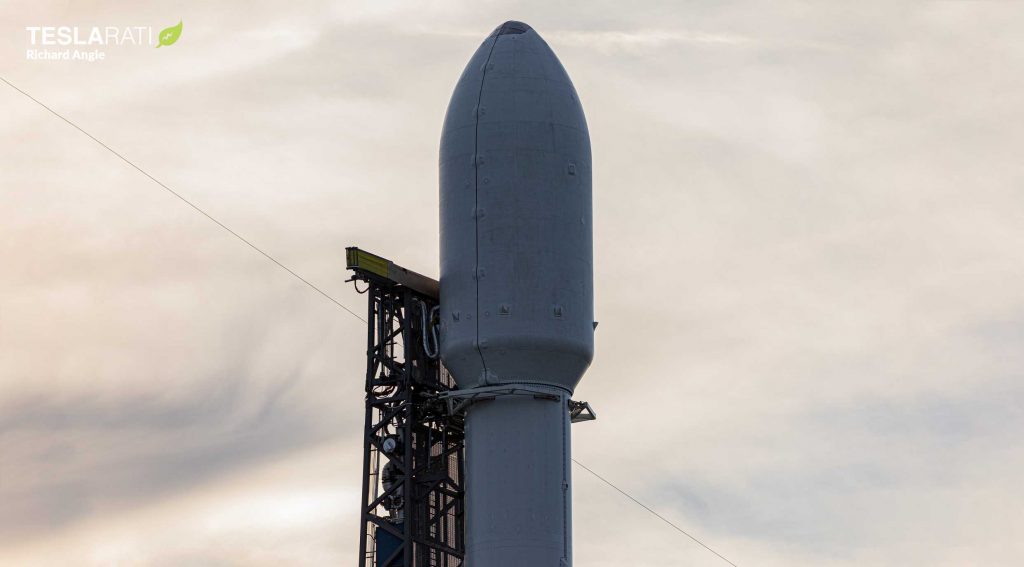
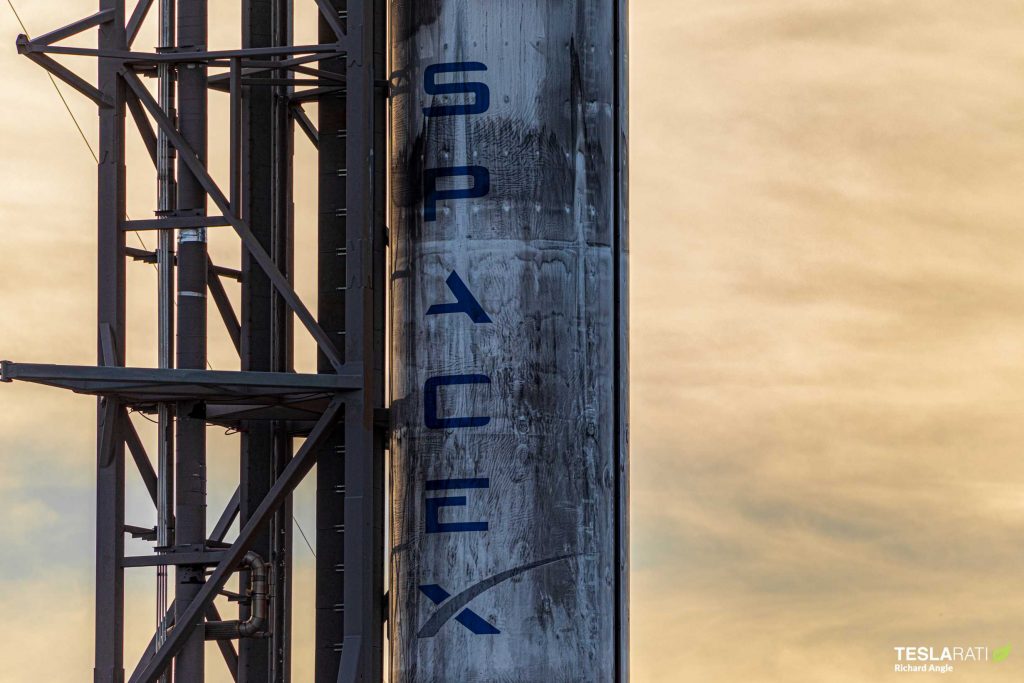
Finally, on January 28th, SpaceX announced that bad weather in the recovery area had forced it to skip a backup window scheduled later that day, slipping another 24 hours to 9:09 am EST on January 29th. With any luck, this will be the last in an unusually long series of weather-related delays for the Starlink mission. Aside from Falcon 9 B1051’s third launch and (hopefully) landing, Starlink V1 L3 will also mark the second time ever that twin Falcon fairing recovery ships Ms. Tree and Ms. Chief will attempt to simultaneously catch both halves of a payload fairing — more than worth the wait.
Tune in to SpaceX’s official webcast around 8:55 am EST (13:55 UTC) tomorrow (Wednesday, Jan 29) to watch the company’s third launch of 2020 live.
Check out Teslarati’s Marketplace! We offer Tesla accessories, including for the Tesla Cybertruck and Tesla Model 3.

News
Tesla Model 3 becomes Netherlands’ best-selling used EV in 2025
More than one in ten second-hand electric cars sold in the country last year was a Tesla Model 3.

The Tesla Model 3 became the most popular used electric car in the Netherlands in 2025, cementing its dominance well beyond the country’s new-car market.
After years at the top of Dutch EV sales charts, the Model 3 now leads the country’s second-hand EV market by a wide margin, as record used-car purchases pushed electric vehicles further into the mainstream.
Model 3 takes a commanding lead
The Netherlands recorded more than 2.1 million used car sales last year, the highest level on record. Of those, roughly 4.8%, or about 102,000 vehicles, were electric. Within that growing segment, the Tesla Model 3 stood far ahead of its competitors.
In 2025 alone, 11,338 used Model 3s changed hands, giving the car an 11.1% share of the country’s entire used EV market. That means more than one in ten second-hand electric cars sold in the country last year was a Tesla Model 3, Auto Week Netherlands reported. The scale of its lead is striking: the gap between the Model 3 and the second-place finisher, the Volkswagen ID3, is more than 6,700 vehicles.
Rivals trail as residual values shape rankings
The Volkswagen ID.3 ranked a distant second, with 4,595 used units sold and a 4.5% market share. Close behind was the Audi e-tron, which placed third with 4,236 registrations. As noted by Auto Week Netherlands, relatively low residual values likely boosted the e-tron’s appeal in the used market, despite its higher original price.
Other strong performers included the Kia Niro, the Tesla Model Y, and the Hyundai Kona, highlighting continued demand for compact and midsize electric vehicles with proven range and reliability. No other model, however, came close to matching the Model 3’s scale or market presence.
News
Tesla Model Y Standard Long Range RWD launches in Europe
The update was announced by Tesla Europe & Middle East in a post on its official social media account on X.

Tesla has expanded the Model Y lineup in Europe with the introduction of the Standard Long Range RWD variant, which offers an impressive 657 km of WLTP range.
The update was announced by Tesla Europe & Middle East in a post on its official social media account on X.
Model Y Standard Long Range RWD Details
Tesla Europe & Middle East highlighted some of the Model Y Standard Long Range RWD’s most notable specs, from its 657 km of WLTP range to its 2,118 liters of cargo volume. More importantly, Tesla also noted that the newly released variant only consumes 12.7 kWh per 100 km, making it the most efficient Model Y to date.
The Model Y Standard provides a lower entry point for consumers who wish to enter the Tesla ecosystem at the lowest possible price. While the Model 3 Standard is still more affordable, some consumers might prefer the Model Y Standard due to its larger size and crossover form factor. The fact that the Model Y Standard is equipped with Tesla’s AI4 computer also makes it ready for FSD’s eventual rollout to the region.
Top Gear’s Model Y Standard review
Top Gear‘s recent review of the Tesla Model Y Standard highlighted some of the vehicle’s most notable features, such as its impressive real-world range, stellar infotainment system, and spacious interior. As per the publication, the Model Y Standard still retains a lot of what makes Tesla’s vehicles well-rounded, even if it’s been equipped with a simplified interior.
Top Gear compared the Model Y Standard to its rivals in the same segment. “The introduction of the Standard trim brings the Model Y in line with the entry price of most of its closest competition. In fact, it’s actually cheaper than a Peugeot e-3008 and costs £5k less than an entry-level Audi Q4 e-tron. It also makes the Ford Mustang Mach-E look a little short with its higher entry price and worse range,” the publication wrote.
Elon Musk
Elon Musk’s xAI bets $20B on Mississippi with 2GW AI data center project
The project is expected to create hundreds of permanent jobs, dramatically expand xAI’s computing capacity, and further cement the Mid-South as a growing hub for AI infrastructure.
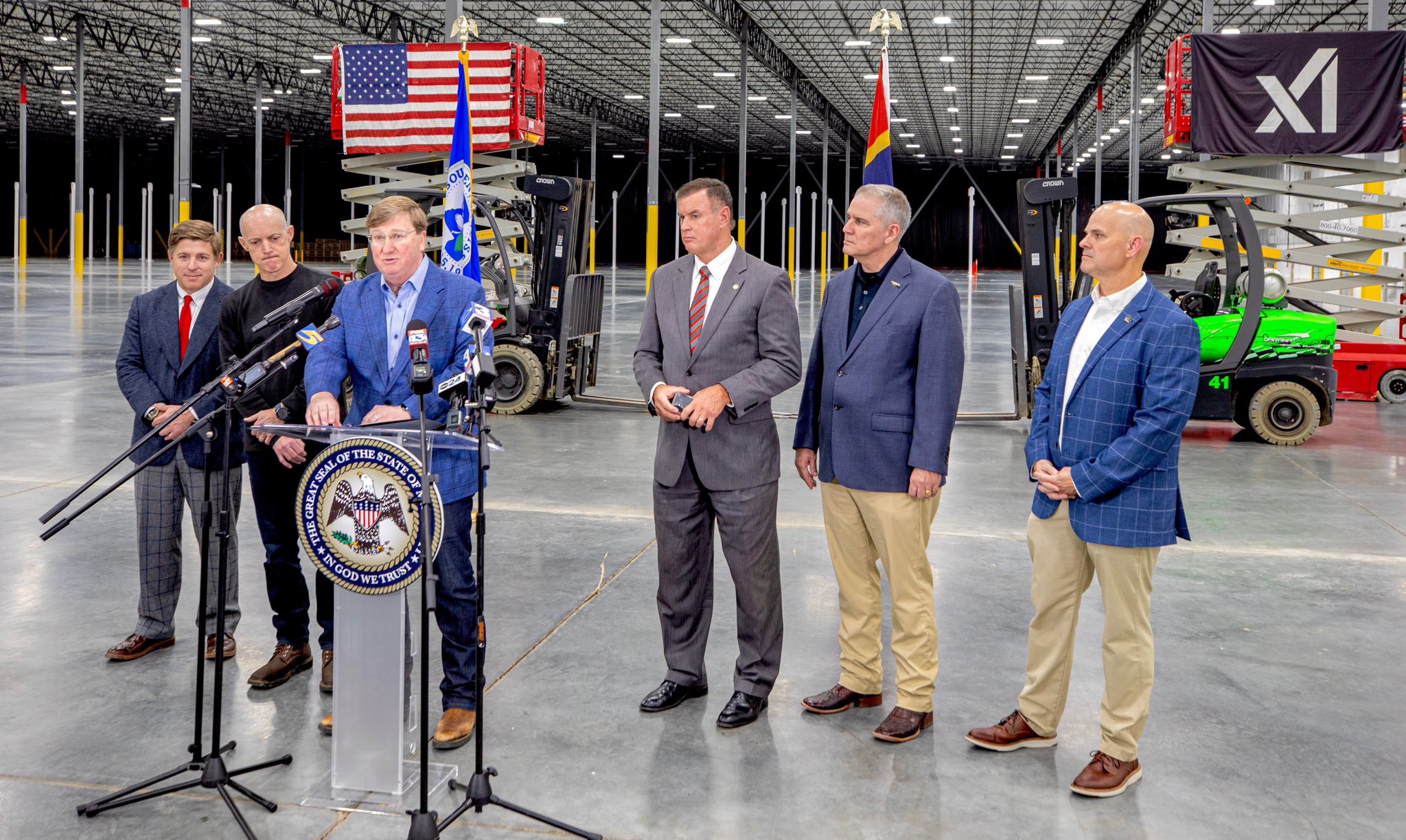
Elon Musk’s xAI plans to pour more than $20 billion into a massive new data center campus in Southaven, Mississippi, marking the largest single economic development project in the state’s history.
The project is expected to create hundreds of permanent jobs, dramatically expand xAI’s computing capacity, and further cement the Mid-South as a growing hub for AI infrastructure.
xAI goes MACROHARDRR in Mississippi
xAI has acquired and is retrofitting an existing facility in Southaven to serve as a new data center, which will be known as “MACROHARDRR.” The site sits near a recently acquired power plant and close to one of xAI’s existing data centers in Tennessee, creating a regional cluster designed to support large-scale AI training and inference.
Once completed, the Southaven facility is expected to push the company’s total computing capacity to nearly 2 GW, placing it among the most powerful AI compute installations globally. The data center is scheduled to begin operations in February 2026.
Gov. Tate Reeves shared his optimism about the project in a press release. “This record-shattering $20 billion investment is an amazing start to what is sure to be another incredible year for economic development in Mississippi. Today, Elon Musk is bringing xAI to DeSoto County, a project that will transform the region and bring amazing opportunities to its residents for generations. This is the largest economic development project in Mississippi’s history,” he said.
xAI’s broader AI ambitions
To secure the investment, the Mississippi Development Authority approved xAI for its Data Center Incentive program, which provides sales and use tax exemptions on eligible computing hardware and software. The City of Southaven and DeSoto County are also supporting the project through fee-in-lieu agreements aimed at accelerating development timelines and reducing upfront costs.
Founded in 2023 by Elon Musk, xAI develops advanced artificial intelligence systems focused on large-scale reasoning and generative applications. Its flagship product, Grok, is integrated with the social media platform X, alongside a growing suite of APIs for image generation, voice, and autonomous agents, including offerings tailored for government use.
Elon Musk highlighted xAi’s growth and momentum in a comment about the matter. “xAI is scaling at an immeasurable pace — we are building our third massive data center in the greater Memphis area. MACROHARDRR pushes our Colossus training compute to ~2GW – by far the most powerful AI system on Earth. This is insane execution speed by xAI and the state of Mississippi. We are grateful to Governor Reeves for his support of building xAI at warp speed,” Musk said.








